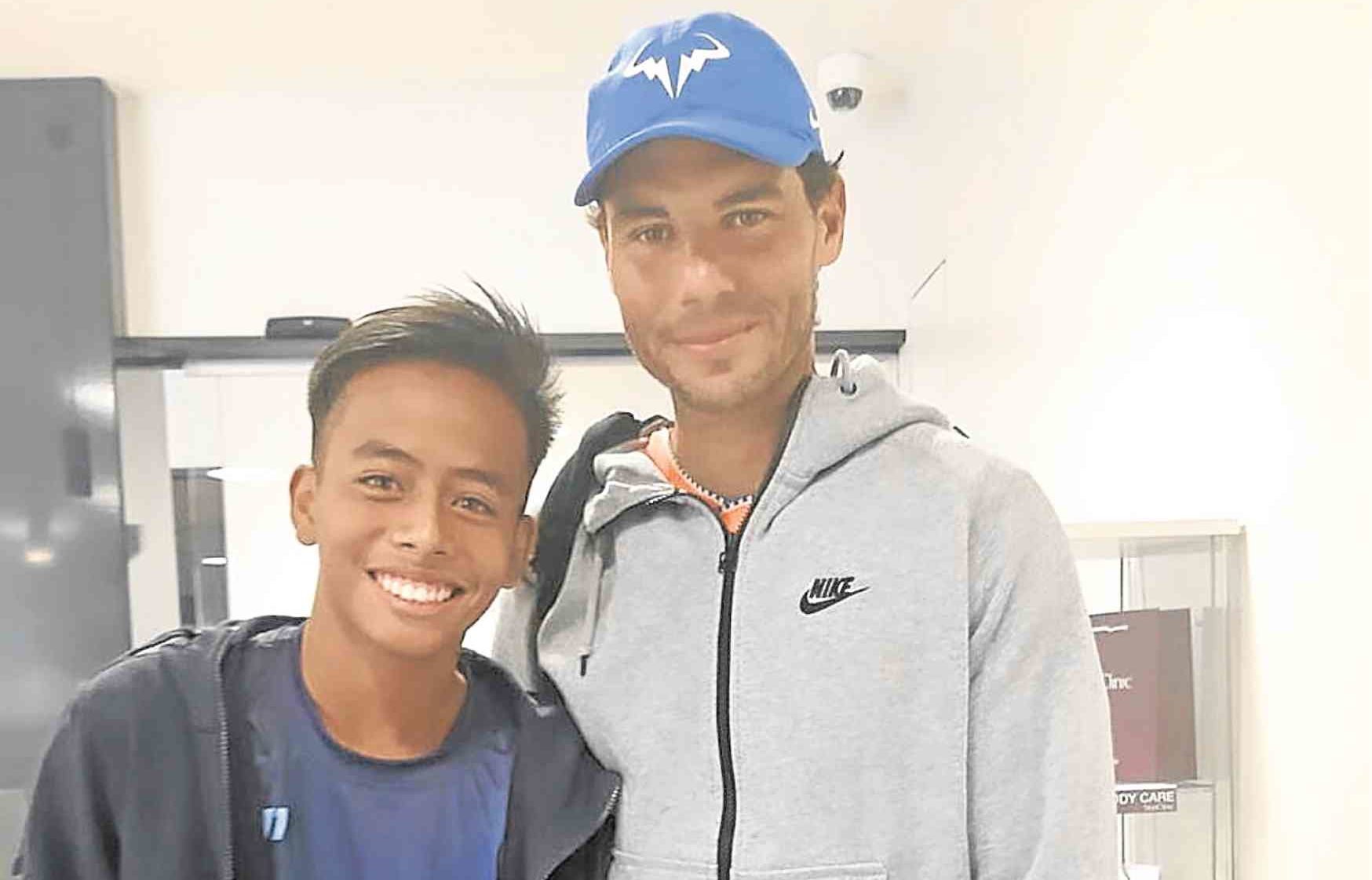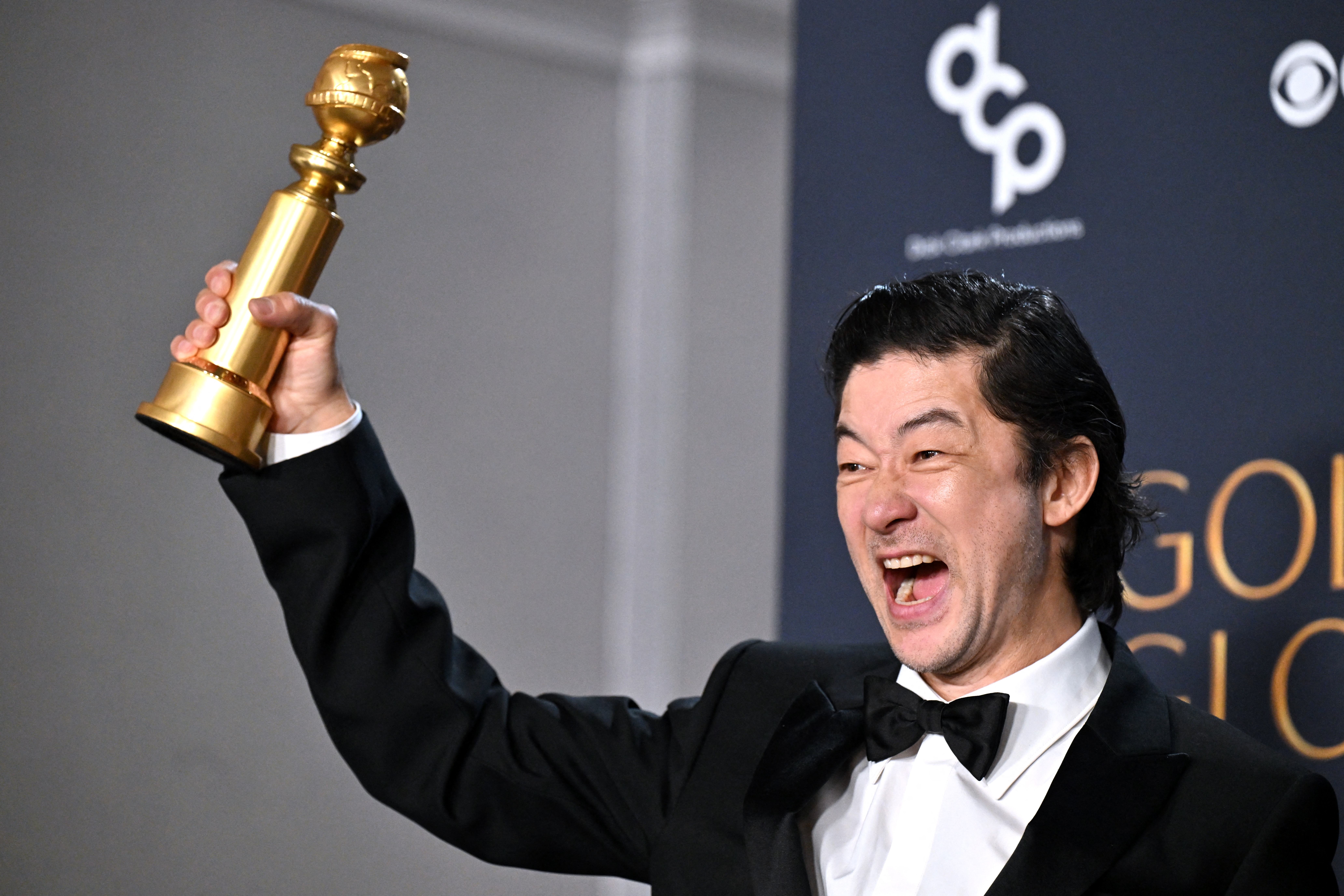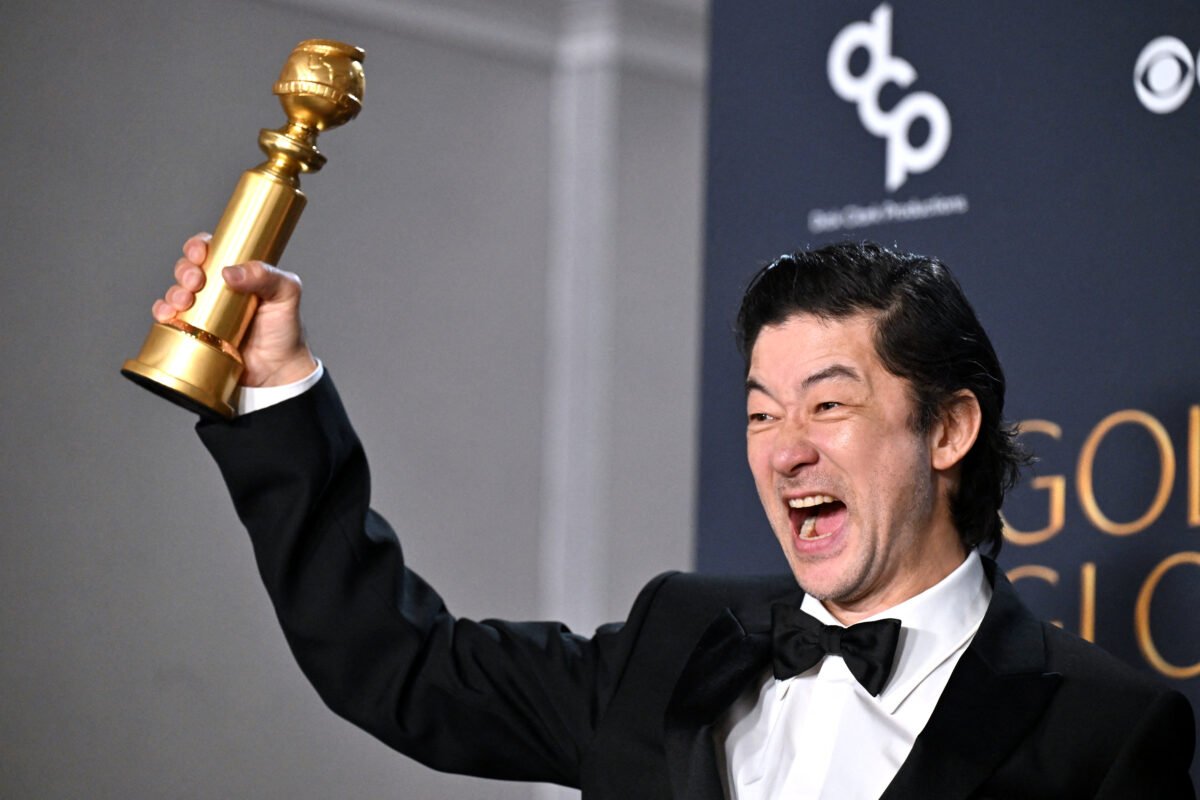
The Rafa Nadal Academy (RNA) in Mallorca, Spain, which opened in 2016, is now home for the Philippines’ top junior tennis players, Alexandra and Michael Eala. The two continue to bring honor to the country by playing well, and winning, in tournaments in Europe and Asia.
In June 2018, excited by the prospect of the Philippines having more world-class junior tennis players, a group of like-minded individuals, led by former national tennis champion Rina Caniza, mapped out an ambitious plan. They were to convince generous individuals to sponsor the costs of sending selected junior tennis players from all over the country to the Academy established by 19-grand slam champion Rafael “Rafa” Nada. It would be a two-week intensive training program.
Finding these players was no small feat. At first, the group considered national ranking. However, going by their rankings proved to be a challenge.
Ranking players in the Philippines is tricky because points are determined by the tournaments one wins or competes in. But to join a tournament, a player would first have to compete in Manila where most events are held. This is costly for players in the provinces—transportation, board and lodging for the player and an adult companion.
It is a vicious chicken-and-egg situation—no funds, no travel, no tournament, no competition, no ranking points.
Screening
To address this dilemma, coaches all over the country were requested to send videos of their best players in action and their résumés.
So, Rina, with a few other tennis advocates, sat through hours of videos of tennis players in the 13-15 year age group, following the advice of the Rafa Nadal Academy (RNA).
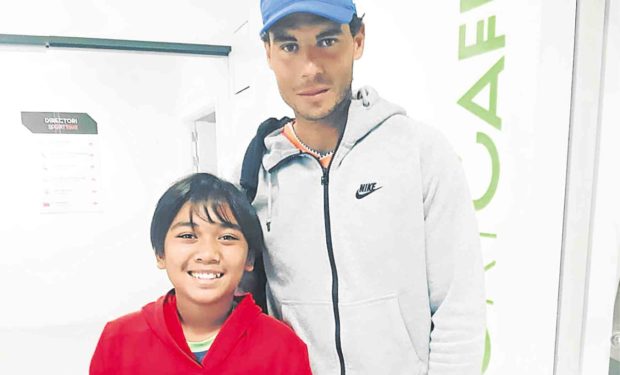
This proved to be a difficult screening process because there were so many talented deserving players, but the list had to be trimmed down to 12.
In November, the RNA coaches themselves assessed the same videos and ranked the players from 1 to 12.
Equally challenging was finding sponsors to raise funds to cover airfare and the academy fees.
Tennis in the Philippines has the disadvantage of, firstly, not being as popular as basketball or volleyball. Second, there are just a handful of successful Filipino tennis players, and they’re from the distant past. Lastly, sponsors like winners—finding someone willing to donate a considerable amount to train a tennis player with no major championship, a junior at that, even with a lot of talent, was difficult.
In the end, best efforts could afford to send only seven players. They are, in alphabetical order, Angelyn Patricia Atos from Baguio City, Heinz Aslan Carbonilla from Lanao del Norte, Darwin Cosca and Axl Gonzaga from Zambales, Exequiel Jucutan and Joewyn Pascua from Pangasinan and Rupert Tortal from Surigao del Sur.
Preparing for the trip was full of tension, given the rigorous documentation for visa application, since they were all minors.
Finally, last April 27, seven excited teenagers, with Rina, Anne de la Peña (former national tennis player) and I took a tiring 23-hour flight to Manacor, Mallorca.
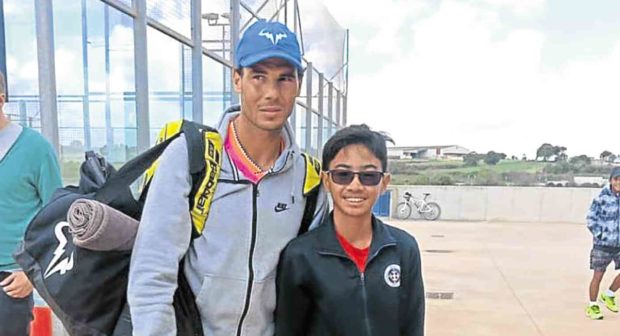
However, the kids showed no fatigue when we arrived at RNA. They were immediately given an orientation tour of the impressive facilities—27 tennis courts (clay/hard, indoor/outdoor), high-tech fitness center, outdoor and indoor swimming pools, spa and wellness center, a clinic supervised by sports doctors, physiotherapists and nutritionists and supervised residency exclusive for the players, among others.
The next day, training began with breakfast at 7:30 a.m. This was followed by three hours of tennis with a break in between, and an hour of fitness training before lunch.
After free time, classroom sessions on Building a Champion alternated with another three hours of tennis.
The class sessions were important because they educated young, talented tennis players about how it takes more than natural ability to be a winner.
It taught them how to think like a champion because the mental aspect of the game is as important, if not more important, than the skills.
It also imparted the values of Nadal, which molded him into the person he now is and which are significant in his success.
The day ended at 5:30 p.m., when they had free time. Bedtime was 11:30 p.m. This was Monday to Friday, with only half a day of tennis on Saturday. Sunday was our time to see what was outside the academy and beyond Manacor town.
Interactive museum
In the academy itself, we checked out the amazing Rafa Nadal Museum Xperience, an interactive sports museum where Nadal’s trophies are on display.
But the best treat for the kids was the encounter with Nadal himself.
The players, who were lucky enough to be on break time when he was there, sought him out, watched him train, and took selfies with him. They were ecstatic.
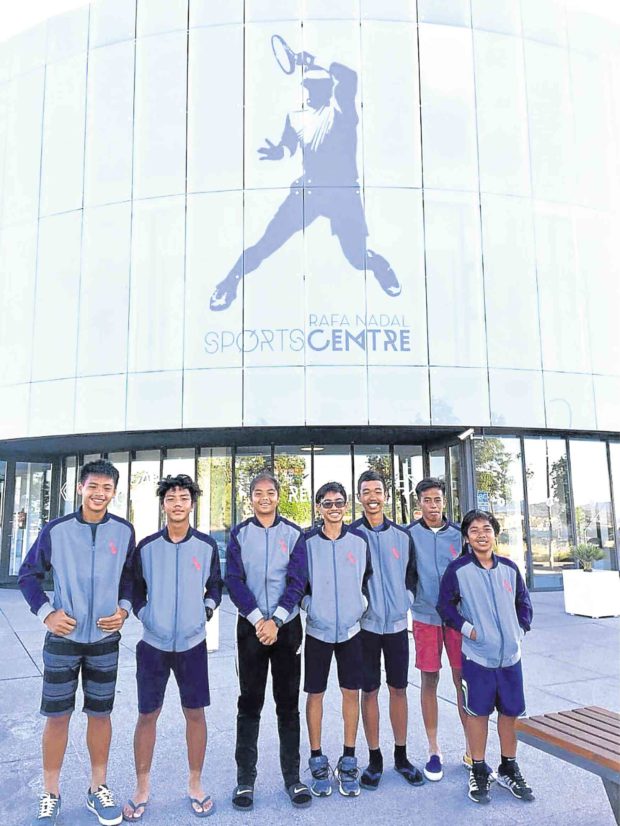
Aslan Carbonilla was even luckier as he exchanged a “Hi” with Nadal as he crossed the court Aslan was training in.
Then there was Joewyn Pascua, who was singled out by Toni Nadal, the tennis champ’s uncle, life-long mentor and coach, to rally with his son, another young tennis hopeful.
I don’t know how Joewyn kept his cool with uncle Toni standing beside him and coaching him.
Exequiel “Kid” Jucutan was asked by his coach after finishing a lung-busting drill if he was tired. Breathing hard, he said, “No, coach,” and continued with another drill. He beat almost everybody he was matched with.
Rupert Tortal, who turned 15 when we arrived in Spain, beat the best player in the Academy, who happened to be older and more experienced.
Axl, Darwin, Tricia, Aslan— all had their victories and losses. Their performances definitely impressed the Spanish coaches. They showed not only strong tennis skills but also good character and attitude.
Indeed, this two-week training program provided our players with new knowledge and insights.
They learned that winning is not all about power forehands, jaw-dropping aces and dominating the opponent.
Being a champion involves respecting the opponent, putting in the work on and off the court, keeping a positive outlook, preparing one’s mental game and playing against bigger, better players.
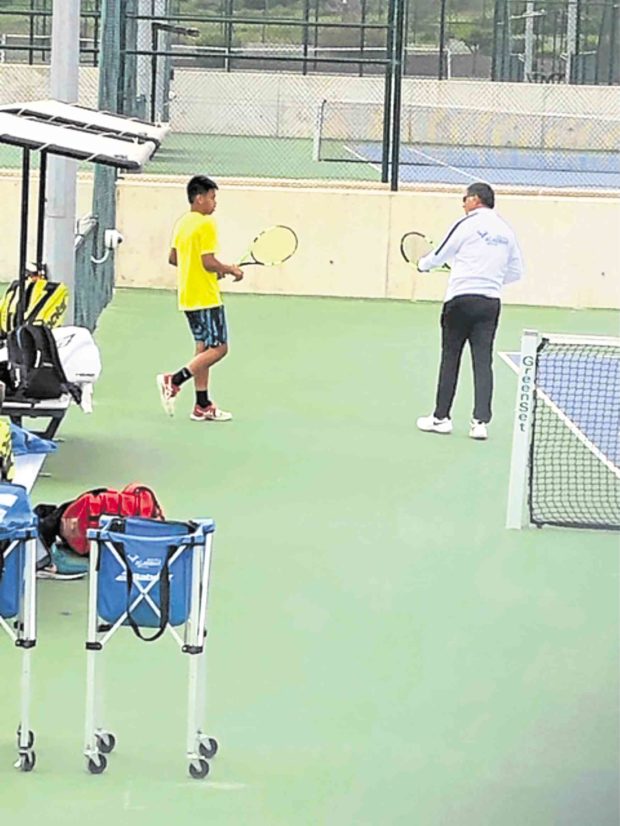
Taking home all the learnings from the RNA, our young tennis hopefuls now face the challenge of applying them.
To put into action what they had been taught, joining tournaments is the next step. Competition is vital, especially foreign competition because our players are tested in a field of internationally ranked ones.
But to do that, to go from tournament to tournament, local or foreign, is costly.
However, competing against high-level players is the only way to develop and improve. It is part of building a champion.

